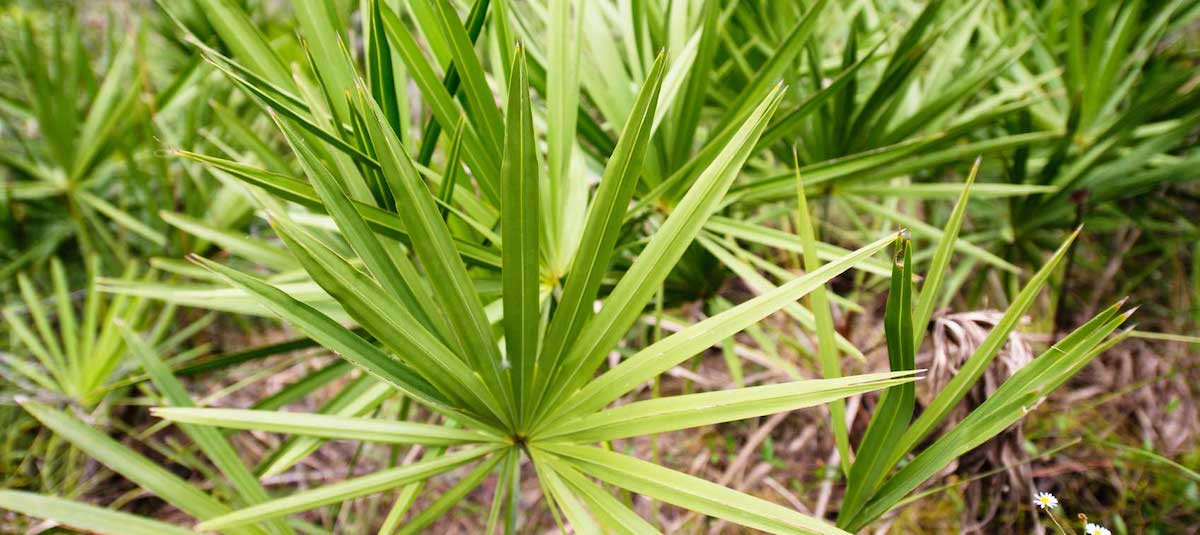
Prostate problems are among the top complaints experienced by older men. The prostate gland sits directly below the bladder and surrounds the urethra, the duct/tube that allows for the passage of urine and semen. The prostate gland consists of numerous sac-like glands that contribute 15–30% of the semen secreted by men.
The most common prostate issue that develops in men over 50 is an enlarged prostate, called benign prostatic hyperplasia (BPH). It affects approximately 50% of men between 51–60 years of age, and up to 90% of men over 80.
How BPH Develops
The prostate gland grows to full size during puberty. Then later in life, there is a second stage of growth. This can start as early as age 40 to around 50. During this time, the prostate typically begins to produce fewer secretions. This second stage of growth is somewhat unusual, considering other glands either stay the same size or start to shrink.
At puberty, the prostate is about the size of a walnut. In older men, it’s not uncommon for it to grow to the size of a lemon. The enlarged prostate often squeezes on the urethra, resulting in a weak urine stream, difficulty emptying the bladder, more trips to the bathroom (particularly at night), starting and stopping of the urine stream, increased urgency, dribbling, and incontinence.
What Causes the Prostate to Enlarge?
The most common line of thought is that this second stage of prostate growth (and the resulting BPH) is linked to the hormone dihydrotestosterone (DHT).
Roughly 10% of testosterone is converted by enzymes into DHT. This conversion process is normal, necessary, and occurs throughout life. In the early years it doesn’t seem to be driving force related to prostate growth; but it does seem to have a more pronounced growth effect on the prostate gland later in life.
DHT has also been shown to negatively affect hair follicles to the point that hair stops growing and baldness results.
Once this was discovered, drugs that block the testosterone-to-DHT conversion were developed to treat both prostate enlargement and baldness. The most common drugs in this category are oral finasteride for the treatment of BPH, and topical Propecia to treat hair loss.
It’s important to note again that the conversion of some testosterone to DHT is a normal and necessary process. Normal levels of DHT have been shown to inhibit the growth and distribution of mature fat cells in the body and appear to play a role in preventing the development of metabolic and cardiovascular disease. This is why focus should be placed on maintaining healthy levels of DHT, rather than eliminating or blocking its production.
Drugs like finasteride may help with many of the symptoms of BPH, but they also can have some unwanted side effects. Some of the more common and detrimental ones are loss of libido (over 10%), gynecomastia or male breast enlargement (58%), and inability to develop or maintain an erection (almost 20%).
Saw Palmetto Extract: A Natural Alternative
Fortunately, a natural alternative, saw palmetto extract, has been shown to produce most (if not all) of the same positive effects as finasteride, but without any of these side effects.
The saw palmetto (also known as the fan palm, dwarf palmetto, and sabal) is naturally found near the Atlantic Ocean on a strip of coast hundreds of miles long between South Carolina to Florida. The edge of its leaves has the appearance of a saw, hence the name.
The saw palmetto produces an abundance of dark purple/almost black berries, which resemble black olives in size and shape. The fruit is very sweet and juicy, and ripens from October to December.
In the earlier days, the Seminole Indians of Florida recognized saw palmetto extract as an effective remedy for all wasting diseases, but particularly for treating atrophy of the testes, prostate, and all other diseases of the reproductive glands.
Studies have shown that while eating the fresh (2–3 teaspoons) or dried fruit is beneficial, saw palmetto is most effective as an 85–95% standardized extract. Saw palmetto extract is an oil that contains saturated and unsaturated fatty acids and some steroid-like substances. (These same unsaturated fatty acids also make sunflower, pumpkin, and squash seeds effective tools for prostate treatment.)
In one study involving 110 patients with BPH, 50 took 160 mg of saw palmetto extract twice a day. Of these, 14 were rated as being greatly improved, 31 improved, and only five remained unchanged or worsened. The number of nightly visits to the bathroom was cut almost in half, and urine output increased as much as 50%.
Most studies (including the one above) have used 160 mg of saw palmetto extract taken twice a day. However, other studies have found that a single daily dose of 320 mg is just as effective. At these dosages, the conversion of testosterone to DHT is lessened, but not fully blocked. This makes it possible to rein in the symptoms of BPH without the fear of developing gynecomastia, erectile dysfunction, and the other problems often associated with prescription medications.


